51 pages • 1 hour read
Virginia WoolfTo the Lighthouse
Fiction | Novel | Adult | Published in 1927A modern alternative to SparkNotes and CliffsNotes, SuperSummary offers high-quality Study Guides with detailed chapter summaries and analysis of major themes, characters, and more.
Symbols & Motifs
The Lighthouse
Throughout the novel, the lighthouse is always capitalized. Its status in the novel as a proper noun suggests that to the author herself, the lighthouse carries significant meaning. As a structure that provides relief from darkness, any lighthouse can carry symbolic value; in the novel, the lighthouse on the island off the coast of the Isle of Skye illuminates the emotional darkness of the characters, all of whom suffer a loss or disappointment in their lives.
Six-year-old James’s desire to go to the lighthouse is the driving image of Part 1, and his disappointment at his father’s pessimism regarding the weather sets the tone for most of the novel. Later in Part 1, Mrs. Ramsay reflects on the light from the lighthouse after the dinner party, remembering that “[n]o happiness [can last]” (87) and that suffering and death will always afflict the living. In Parts 2 and 3, the deaths of Mrs. Ramsay, Prue, and Andrew cast a long shadow over the house and its occupants; only the light from the lighthouse in the distance illuminates the rooms as they sit empty in Part 2, its owners and their friends unable to travel thanks to the war.
Related Titles
By Virginia Woolf

A Haunted House and Other Short Stories
Virginia Woolf

A Room of One's Own
Virginia Woolf

Between The Acts
Virginia Woolf

How Should One Read a Book?
Virginia Woolf

Jacob's Room
Virginia Woolf

Kew Gardens
Virginia Woolf

Modern Fiction
Virginia Woolf

Moments of Being
Virginia Woolf
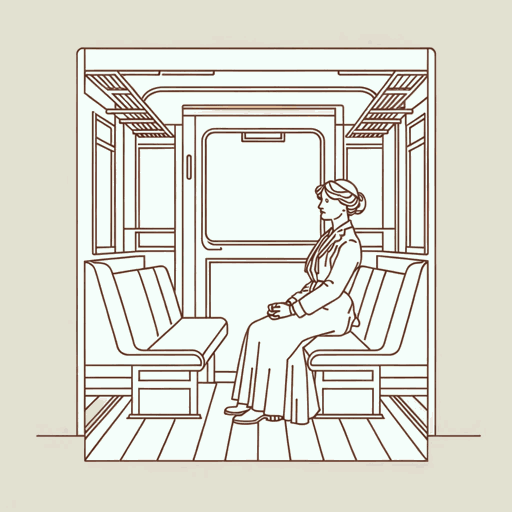
Mr. Bennett and Mrs. Brown
Virginia Woolf

Mrs. Dalloway
Virginia Woolf
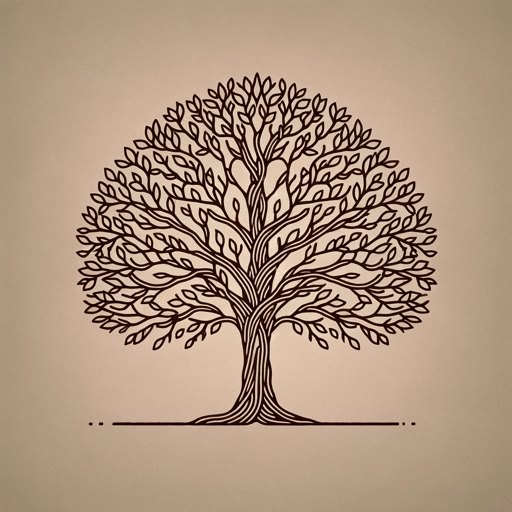
Orlando
Virginia Woolf

The Death of the Moth
Virginia Woolf

The Duchess and the Jeweller
Virginia Woolf
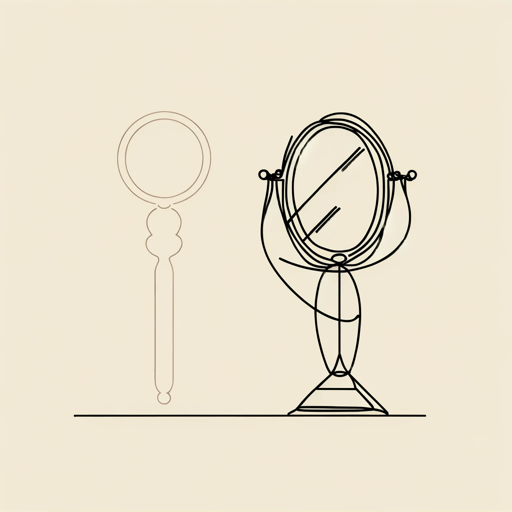
The Lady in the Looking Glass
Virginia Woolf

The Mark on the Wall
Virginia Woolf
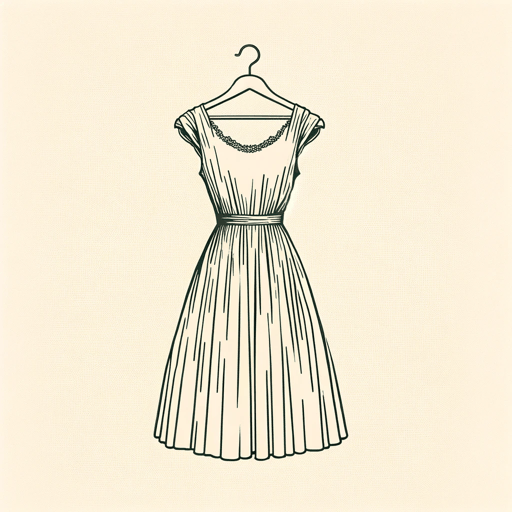
The New Dress
Virginia Woolf

The Voyage Out
Virginia Woolf

The Waves
Virginia Woolf
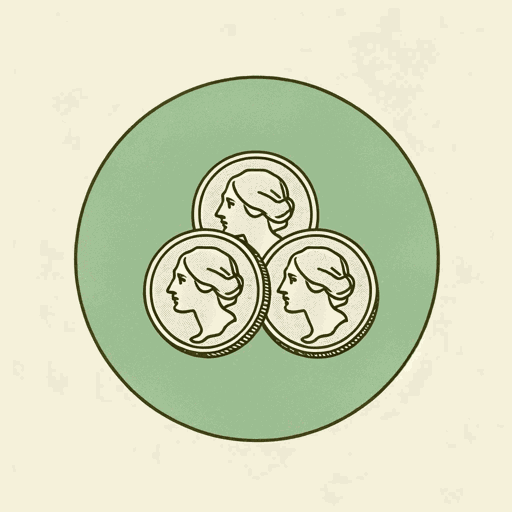
Three Guineas
Virginia Woolf

